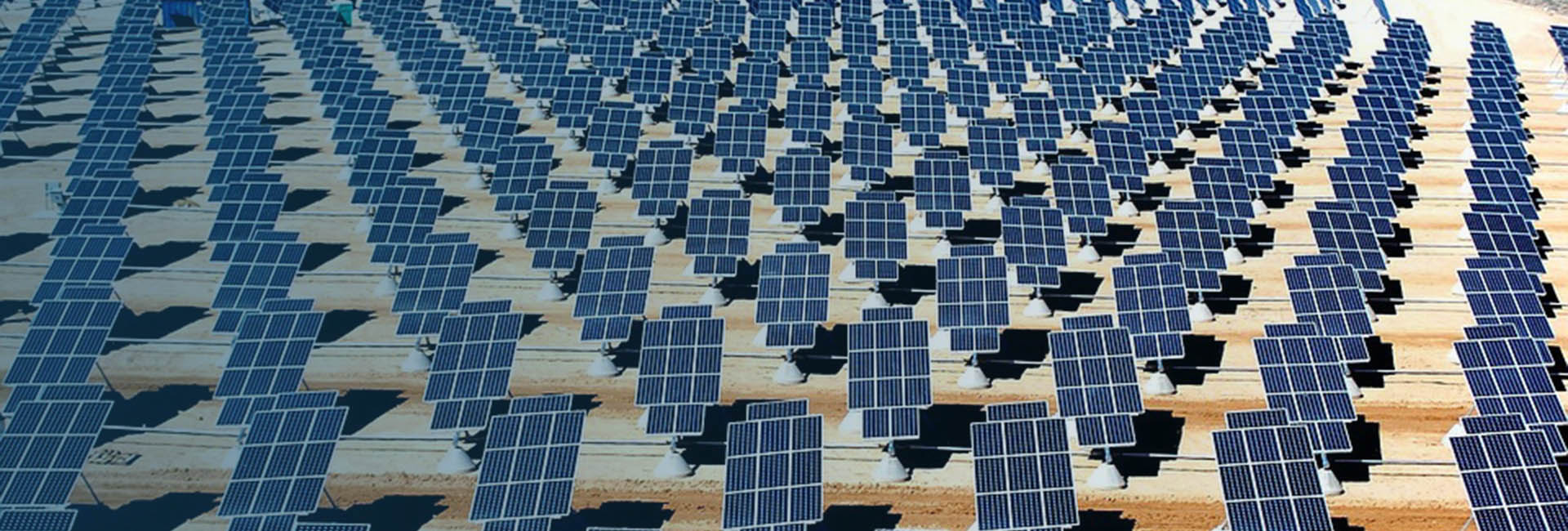[caption id="attachment_8661" align="alignright" width="300"] How will emerging technologies affect the 2017 solar landscape?[/caption]
How will emerging technologies affect the 2017 solar landscape?[/caption]
In last month’s SOL SOURCE, we looked back at top trends in solar during 2016. To start the New Year, here are three solar technology trends to watch.
1. Equipment prices continue to fall
In 2016, the industry saw module prices fall from the mid-60s (cents/Watt) to the low 40s. At Sol Systems, we see this trend continuing. Greentech Media Research predicts another 5-6 cent drop this year. It seems that their 2013 prediction of 36-cents-per-watt modules in 2017 is quickly becoming true. With modules prices positioned to drop below 40 cents in 2017, along with an oversupply carrying over from last year, more financial pressure is being put on Tier 1 suppliers.
Price declines are not limited to modules. Tracker prices are also expected to see price declines of around 5-10 percent in the coming year. As yield grows in importance for financial thresholds in the utility-scale market, trackers should continue to increase their market share in that sector.
2. Software will push down the levelised cost of energy (LCOE)
New software launches or significant updates to existing software (i.e. PV system design programs), continue to simplify many processes for developers & EPCs. Programs like HelioScope can create an array blueprint, as well as expected energy output in a matter of minutes. Asset management software, such as 3Megawatt, Lens and Ra Power are continuing to gain popularity and are allowing asset owners one streamlined tool to reduce operation costs and increase integrity of data. We see companies continuing to adopt these and other software tools this year. As hard costs decline and engineering comprises a larger part of all-in EPC costs, especially on small projects, software can help to control soft costs.
3. Bifacial modules: How will they fare?
Bifacial modules, which yield power from both sides using refracted light from the back side, were deployed occasionally in 2016. Yingli and Sunpreme both have models looking to compete in the market. Bifacial modules, which can produce up to 30 percent more yield than traditional modules, still comprise a tiny fraction of the market share, but we predict that adoption may rise. In the continued effort to optimize space-constrained opportunities, such as commercial and industrial (C&I) projects limited by roof space, an increase in capacity or yield will enable improved economics that could grow mid-market project opportunities.
Can’t get enough of solar technology trends? Check out our conversation with Sol Systems’ Joe Song from September 2016.
This is an excerpt from the January 2017 edition of The SOL SOURCE, a monthly electronic newsletter analyzing the latest trends in renewable energy based on our unique position in the solar financing space. To view the full Journal, please subscribe or e-mail pr@solsystems.com.
ABOUT SOL SYSTEMS
Sol Systems, a national solar finance and development firm, delivers sophisticated, customized services for institutional, corporate, and municipal customers. Sol is employee-owned, and has been profitable since inception in 2008. Sol is backed by Sempra Energy, a $25+ billion energy company.
Over the last eight years, Sol Systems has delivered more than 500 MW of solar projects for Fortune 100 companies, municipalities, universities, churches, and small businesses. Sol now manages over $650 million in solar energy assets for utilities, banks, and Fortune 500 companies.
Inc. 5000 recognized Sol Systems in its annual list of the nation’s fastest-growing private companies for four consecutive years. For more information, please visit www.solsystems.com.



